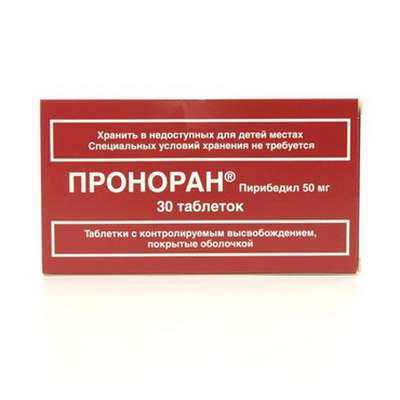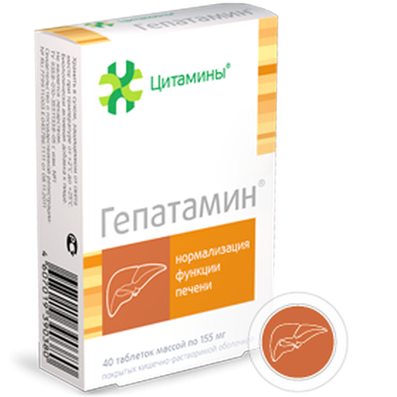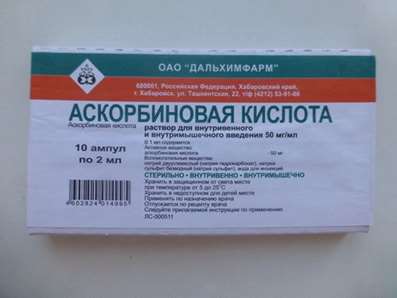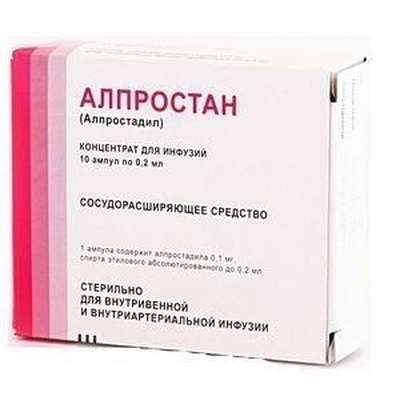Instruction for use: Nadroparin calcium
I want this, give me price
Trade name of the drug Ė Fraxiparine; Nadroparin calcium; Fraxiparine Forte
The Latin name of the substance Nadroparin calcium
Nadroparinum calcium (genus. Nadroparini calcii)
Chemical name
Calcium salt of depolymerized heparin with a molecular weight from 4000 to 5000
Pharmacological group:
Anticoagulants
The nosological classification (ICD-10)
I26 Pulmonary embolism: Recurrent thromboembolism of the pulmonary artery; Recurrent pulmonary embolism; Thromboembolism of the branches of the pulmonary artery; Thromboembolism of the lungs; Thromboembolism of the pulmonary artery (PE); Thrombosis of the pulmonary artery; Thromboembolism; Thromboembolism of the pulmonary artery; Thromboembolism; Pulmonary embolism; Thromboembolism of the pulmonary artery and its branches; Thromboembolism of pulmonary vessels; Embolism of the lung; Embolism of the pulmonary artery; Acute massive thromboembolism of the pulmonary artery
I82 Embolism and thrombosis of other veins: Recurrent venous thrombosis; Postoperative thrombosis; Venous thrombosis; Acute venous thromboembolism; Recurrent vein thrombosis; Venous thrombosis; Thrombosis of veins of internal organs; Venous thrombosis; Deep vein thrombosis; Thrombosis of blood vessels; Vascular thrombosis; Thrombosis of veins; Deep vein thrombosis; Thromboembolic diseases; Thromboembolism of veins; Severe venous thrombosis; Embolism; Embolism of veins; Thromboembolic complications
Z100 * CLASS XXII Surgical practice: Abdominal surgery; adenomectomy; Amputation; Coronary angioplasty; Angioplasty of the carotid arteries; Antiseptic skin treatment for wounds; Antiseptic Hand; Appendectomy; atherectomy; Balloon coronary angioplasty; Vaginal hysterectomy; The coronary bypass; Interventions in the vagina and cervix; Interventions on the bladder; Intervention in the mouth; Restoration and reconstructive surgery; Hand hygiene of medical personnel; Gynecologic surgery; Gynecological intervention; Gynecological surgery; Hypovolemic shock during operations; Disinfection of purulent wounds; Disinfection of wounds edges; Diagnostic intervention; Diagnostic procedures; Cervical Diathermocoagulation; Long-surgery; Replacing the fistula catheters; Infection in orthopedic surgery; Artificial heart valve; cystectomy; Short-term outpatient surgery; Short-term operation; Short surgical procedures; Krikotireotomiya; Blood loss during surgery; Bleeding during surgery and in the postoperative period; Kuldotsentez; laser photocoagulation; laser coagulation; retinal laser coagulation; Laparoscopy; Laparoscopy in Gynecology; CSF fistula; Small gynecological operations; Small surgical procedures; Mastectomy and subsequent plastic; mediastinotomy; Microsurgical operations on the ear; Mukogingivalnye operation; suturing; Minor surgery; neurosurgical operation; Immobilization of the eyeball in ophthalmic surgery; testectomy; pancreatectomy; Perikardektomiya; The period of rehabilitation after surgery; The period of convalescence after surgery; Percutaneous transluminal coronary angioplasty; Pleural thoracentesis; Pneumonia postoperative and posttraumatic; Preparation for surgical procedures; Preparation for surgery; Preparation of the surgeon's hands before surgery; Preparation of the colon for surgical procedures; Postoperative aspiration pneumonia in neurosurgical and thoracic surgery; Postoperative nausea; Postoperative bleeding; postoperative granuloma; postoperative shock; The early postoperative period; myocardial revascularization; Radiectomy; gastric Resection; bowel resection; uterine Resection; liver Resection; enterectomy; Resection of part of the stomach; Reocclusion of the operated vessel; Bonding tissues during surgical procedures; Removal of sutures; Condition after eye surgery; Condition after surgery; Condition after surgery in the nasal cavity; Condition after gastrectomy; Status after resection of the small intestine; Condition after tonsillectomy; Condition after removal of the duodenum; Condition after phlebectomy; Vascular surgery; Splenectomy; Sterilization of surgical instruments; Sterilization of surgical instruments; sternotomy; Dental surgery; Dental intervention in periodontal tissues; strumectomy; Tonsillectomy; Thoracic surgery; Thoracic surgery; total gastrectomy; Transdermal intravascular coronary angioplasty; Transurethral resection; Turbinektomiya; Removal of a tooth; cataract surgery; Removal of cysts; tonsillectomy; Removal of fibroids; Removing the mobile primary teeth; Removing polyps; Removing broken tooth; Removal of the uterus body; Removal of sutures; Fistula likvoroprovodyaschih ways; Frontoetmoidogaymorotomiya; Surgical infection; Surgical treatment of chronic limb ulcers; Surgery; The surgery in the anal area; The surgery on the colon; Surgical practice; The surgical procedure; Surgical interventions; Surgery on the gastrointestinal tract; Surgical procedures on the urinary tract; Surgical procedures on the urinary system; Surgical intervention of the genitourinary system; Surgical procedures on the heart; Surgical manipulation; surgery; Surgery on the veins; Surgical intervention; Vascular surgery; Surgical treatment of thrombosis; Surgery; cholecystectomy; Partial gastric resection; hysterectomy; Percutaneous transluminal coronary angioplasty; Percutaneous transluminal angioplasty; Coronary artery bypass; tooth Extirpation; Extirpation of milk teeth; pulpectomy; pulsative cardiopulmonary bypass; tooth Extraction; teeth Extraction; cataract extraction; Electrocoagulation; endourological intervention; episiotomy; Etmoidotomiya; Complications after tooth extraction
Characteristics of substance Nadroparin calcium
1 IU nadroparin calcium corresponds to 0.41 IU anti-Xa.
Pharmacology
Mode of action - Anticoagulant.
Has a direct anticoagulant effect, anti-Xa and anti-IIa activity, directly affects the coagulation factors in the blood. Strengthens the blocking effect of antithrombin III on factor Xa (activates the transition of prothrombin to thrombin). Anti-Xa activity is approximately 4 times greater than anti-IIa activity. Has anti-inflammatory and immunosuppressive (suppresses the cooperative interaction of T and B cells) properties, slightly lowers the level of cholesterol and beta-lipoproteins in the blood serum. Improves coronary blood flow.
With SC the introduction of Cmax is achieved after 3 hours. Has a low binding rate with plasma proteins, practically does not bind to the vascular wall matrix proteins, endothelial cells, platelets. Bioavailability - 98%. T1 / 2 3.5 hours. Blockage of factor Xa persists for 18-24 hours, IIa for 3 hours.
Application of substance Nadroparin calcium
Deep vein thrombosis, pulmonary embolism, acute coronary syndrome, prevention of thrombosis in high-risk patients: a) for orthopedic, oncological and general surgical operations; b) hemodialysis and haemofiltration in patients with chronic renal insufficiency.
Contraindications
Hypersensitivity, bleeding (including history, except for consumption coagulopathy), cerebral hemorrhage (except systemic embolism), acute bacterial endocarditis, pericarditis, peptic ulcer disease, CNS trauma, condition after spinal puncture, conduction Radiation therapy, thrombocytopenia with a positive in vitro aggregation test in the presence of the drug, the use of intrauterine contraceptive mechanical means, the postpartum period.
Restrictions
Arterial hypertension, postural hypotension, syncope, chorioretinopathy, vasculitis, severe renal and hepatic impairment, severe diabetes mellitus.
Pregnancy and breast-feeding
Not recommended.
Side effects of the substance Nadroparin calcium
Thrombocytopenia, bleeding (gastrointestinal tract, urinary tract), hemorrhages (in the ovaries, yellow body, adrenal glands with the development of acute adrenal insufficiency), allergic reactions (fever, rash, bronchial asthma, nausea, vomiting), hematomas and necrosis at the injection site.
Interaction
Strengthens the effect of indirect anticoagulants, antiaggregants, NSAID, dextran, tetracyclines. Cardiac glycosides, ethacrynic acid, antihistamines weaken anticoagulant activity. Tetracyclines increase the effect of calcium supraparin. Nicotinic acid alters the effect of calcium nadroparin.
Overdose
Symptoms: bleeding.
Treatment: IV administration of an antagonist - protamine sulfate (0.6 ml per 0.1 ml of calcium supraparin), symptomatic therapy.
Routes of administration
Enter into the subcutaneous fat of the stomach (the needle is located perpendicular to the skin fold).
Precautions for the substance Nadroparin calcium
It is necessary before the beginning of treatment, and then (with prolonged therapy) twice a week to count the number of blood platelets. It is necessary to cancel the drug when skin necrosis occurs at the injection site. The risk of bleeding is higher with renal failure and in women over the age of 60 years.
Special instructions
1 IU (anti-Xa) low molecular weight sodium heparin corresponds to 1 unit of activity determined by suppressing factor Xa in plasma using chromogenic protein substrate S-2222. To prepare a solution for infusions, dalteparin is diluted with 0.9% sodium chloride solution or 5% glucose solution in a glass or plastic bottle. The prepared solution should be used within 12 hours. Combination therapy with acetylsalicylic acid is recommended for unstable angina and myocardial infarction without a Q wave.

 Cart
Cart





